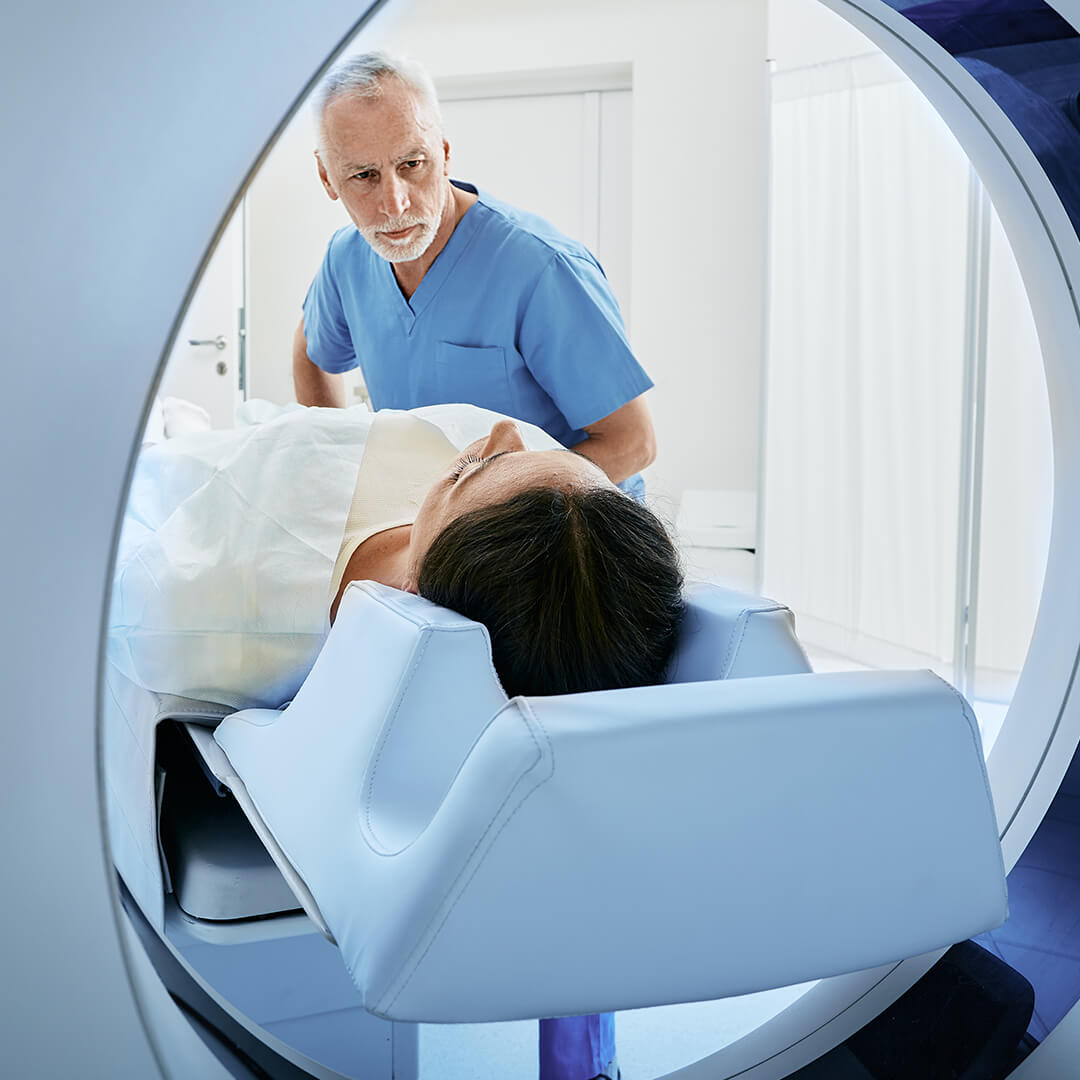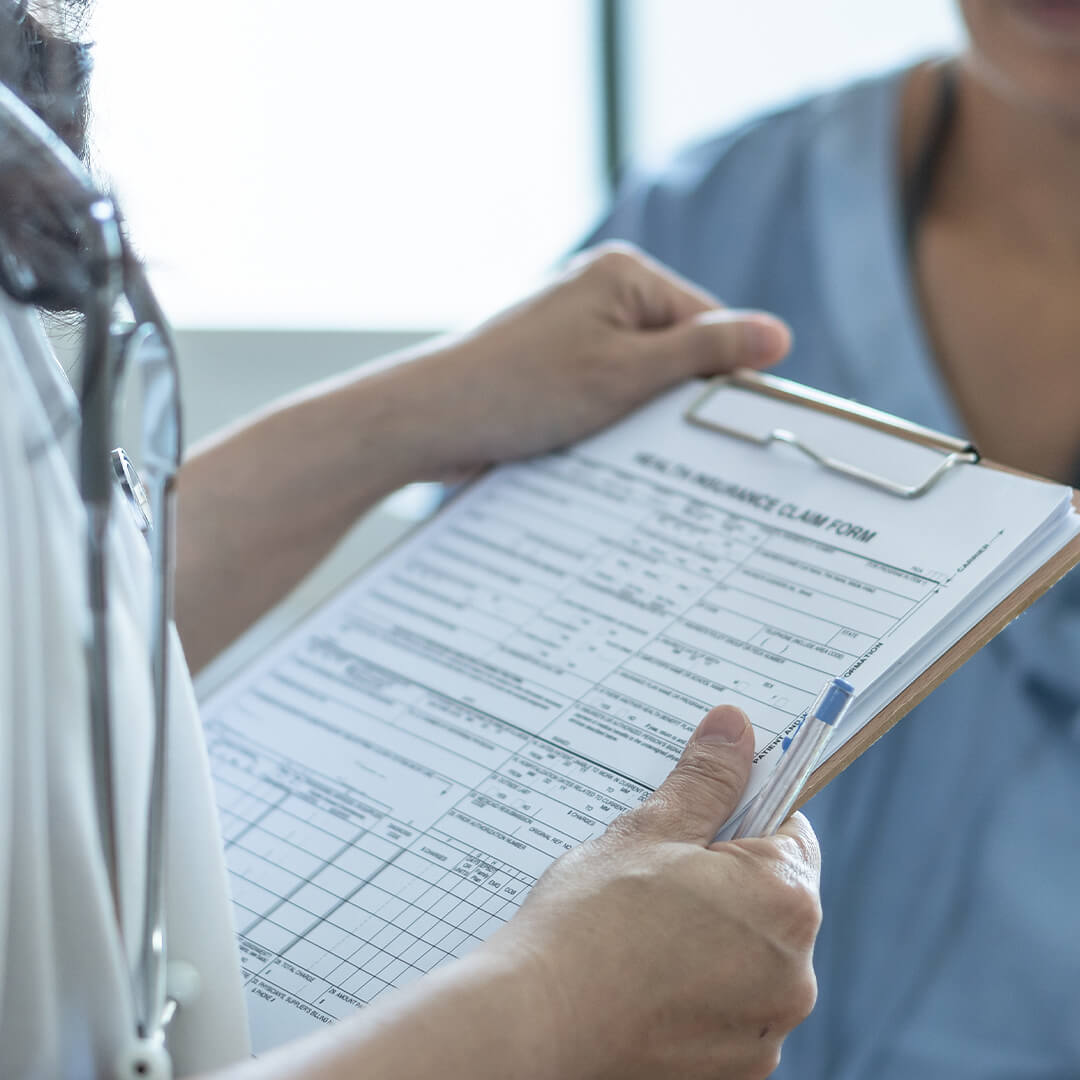Your care begins with our expertise. From globally-recognized lung and brain cancer research to minimally-invasive surgical techniques, Baptist Cancer Center services reflect our commitment to fighting cancer on all fronts. With expanded services across the Mid-South regions, we’re helping patients fight cancer and heal—closer to home.



Featured Service
Cancer risks and prevention factors are crucial aspects of maintaining overall health and well-being. Baptist Cancer Center can guide you through learning and understanding the lifestyle choices and risk factors that can significantly influence your likelihood of developing cancer. These include tobacco cessation, screening and early detection and nutrition programs.
At Baptist Cancer Center, you’ll discover a world of innovative treatment options provided by our experienced team of medical professionals. Our specialized programs include the following.
Medical oncologists and hematologists play a significant role in developing your individualized treatment plan, which may include chemotherapy, immunotherapy, hormone therapy and other treatments. Learn more about the special care they provide.

Cardio oncology is the intersection of cardiovascular health and cancer treatment. Learn how experts at Baptist Cancer Center help ensure your heart remains strong throughout your cancer journey.

Our leading-edge radiation therapies use the latest technologies to precisely target cancer cells while minimizing the impact on surrounding healthy tissue.

Our specialized options for the treatment of gynecologic cancers include comprehensive, compassionate care using advanced treatments and personalized support.
Learn About Gynecological Oncology

The surgical oncology unit is one of the newest Baptist Cancer Center services, developed to assist the needs patients face after cancer surgery. Our surgical oncology nurses are specially trained in providing cancer care including chemotherapy medications, disease process teaching, emotional support and postoperative assessment and care.

We offer a holistic approach to a patient's access to care. Here are a few essential features you can expect from our treatment.




Programs and Services
We understand your challenges and we're here to help you throughout your cancer journey. Our experienced team at Baptist Cancer Center is dedicated to fighting cancer using advanced research and minimally-invasive treatments. With our expanded services available in the Mid-South region, we aim to bring cancer care closer to home, so you can focus on healing and wellness.